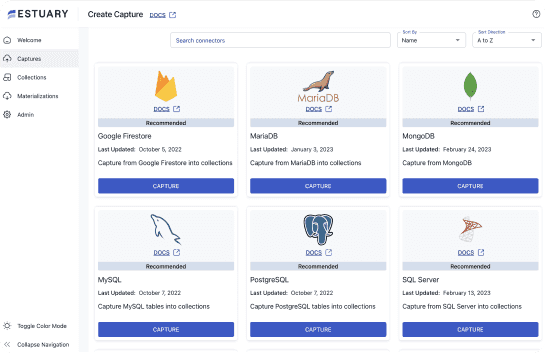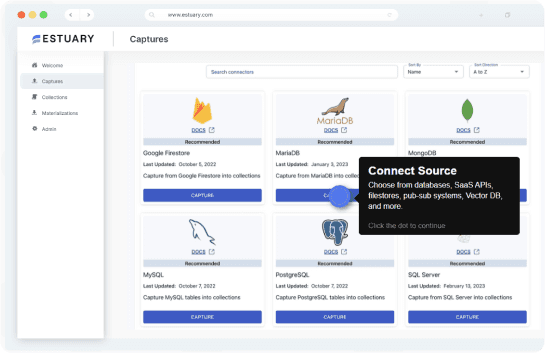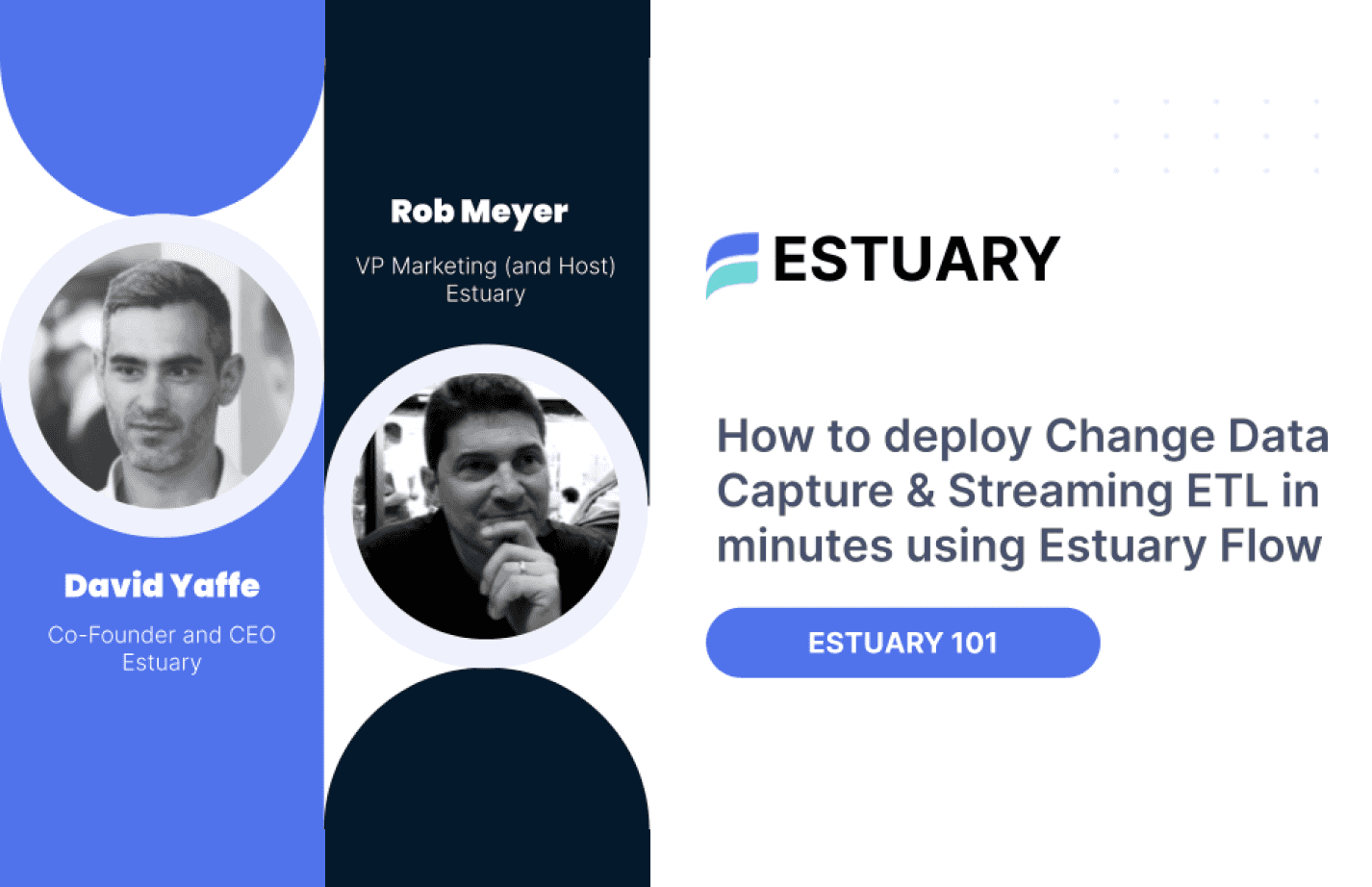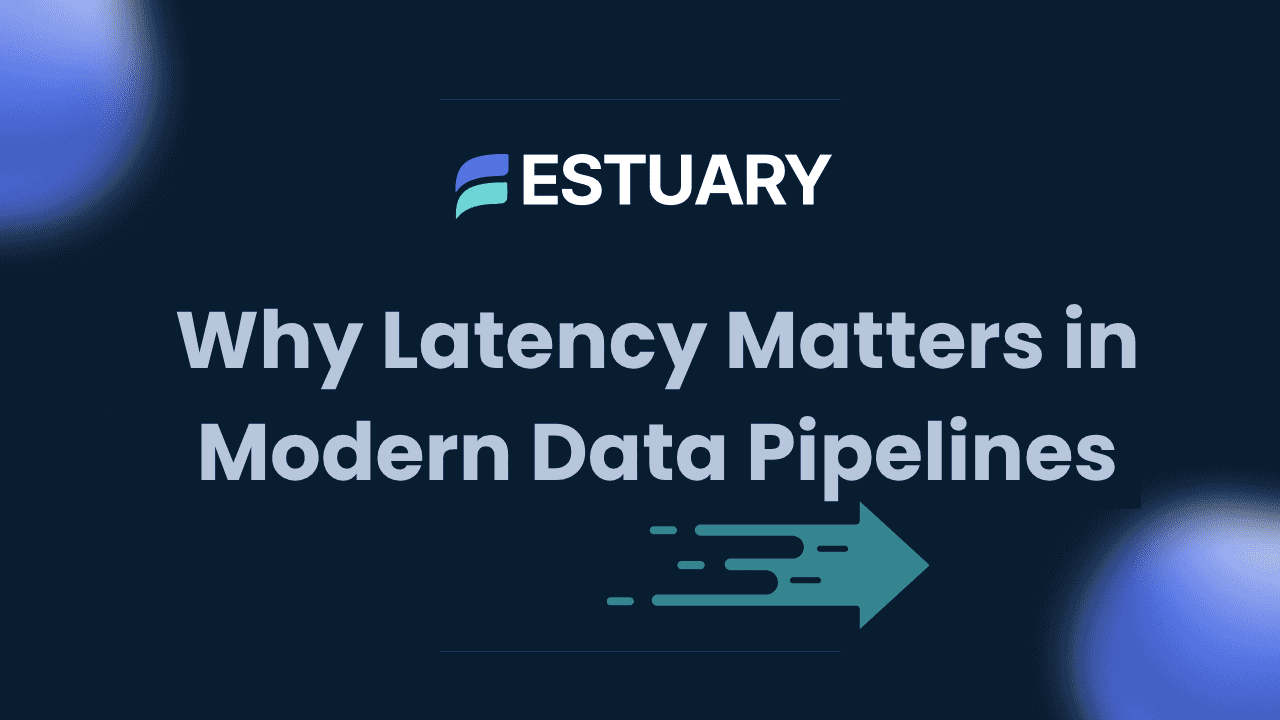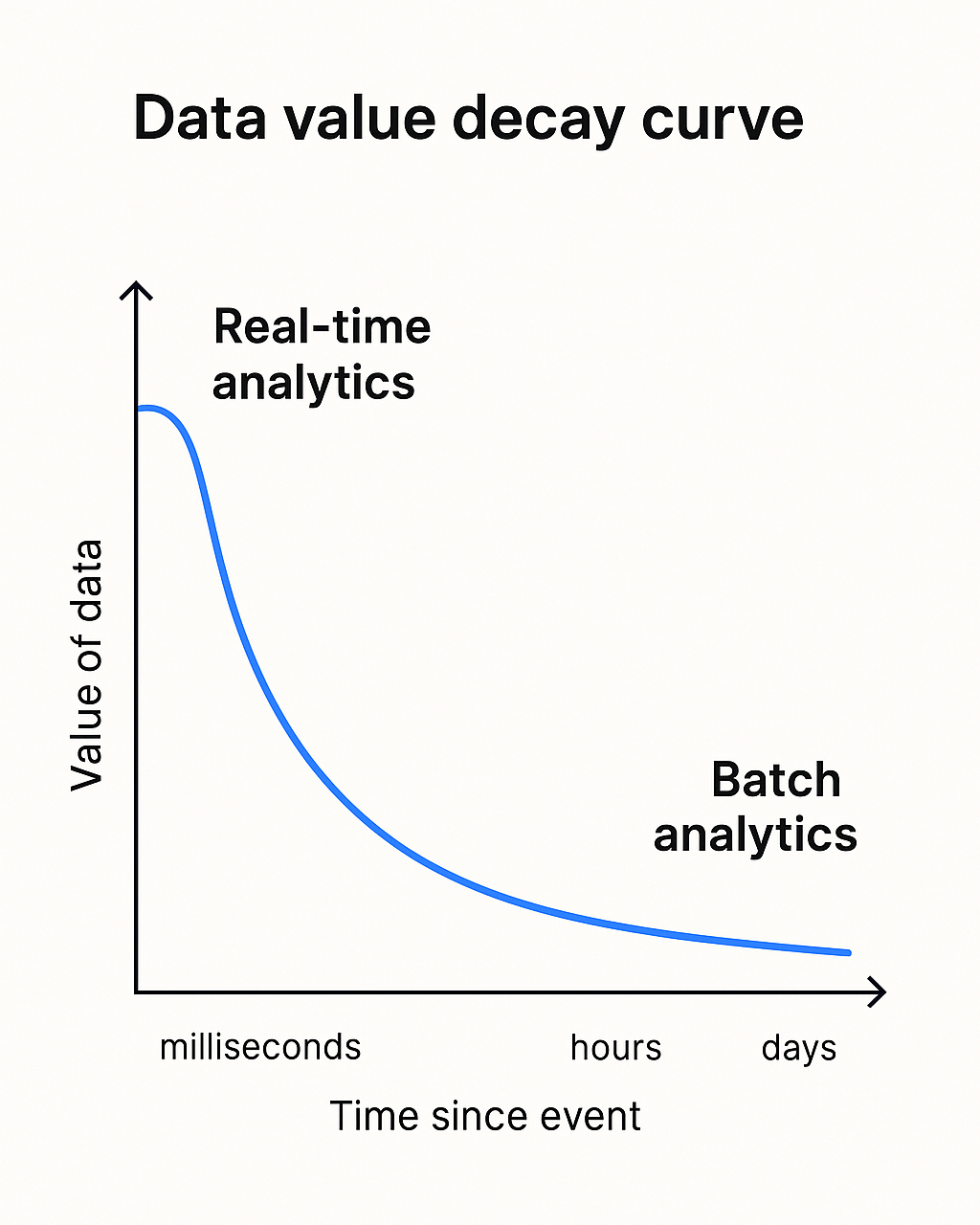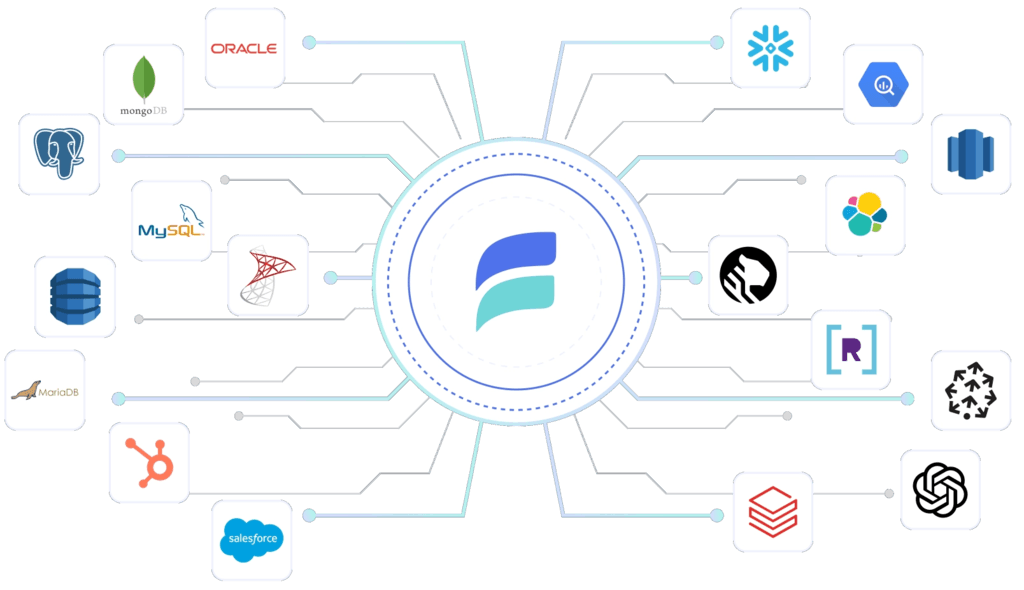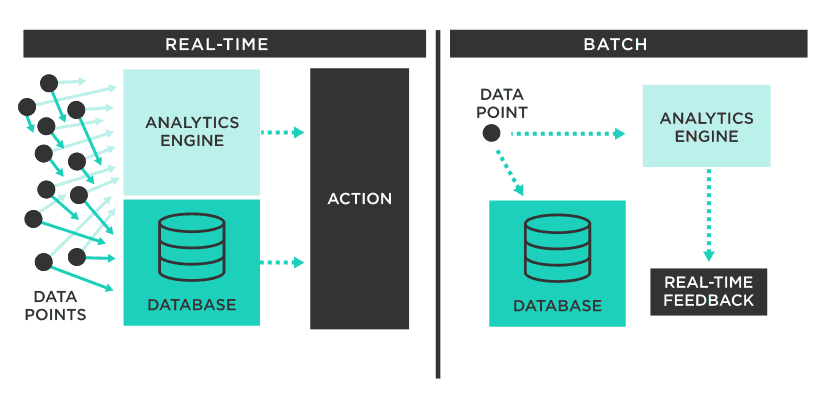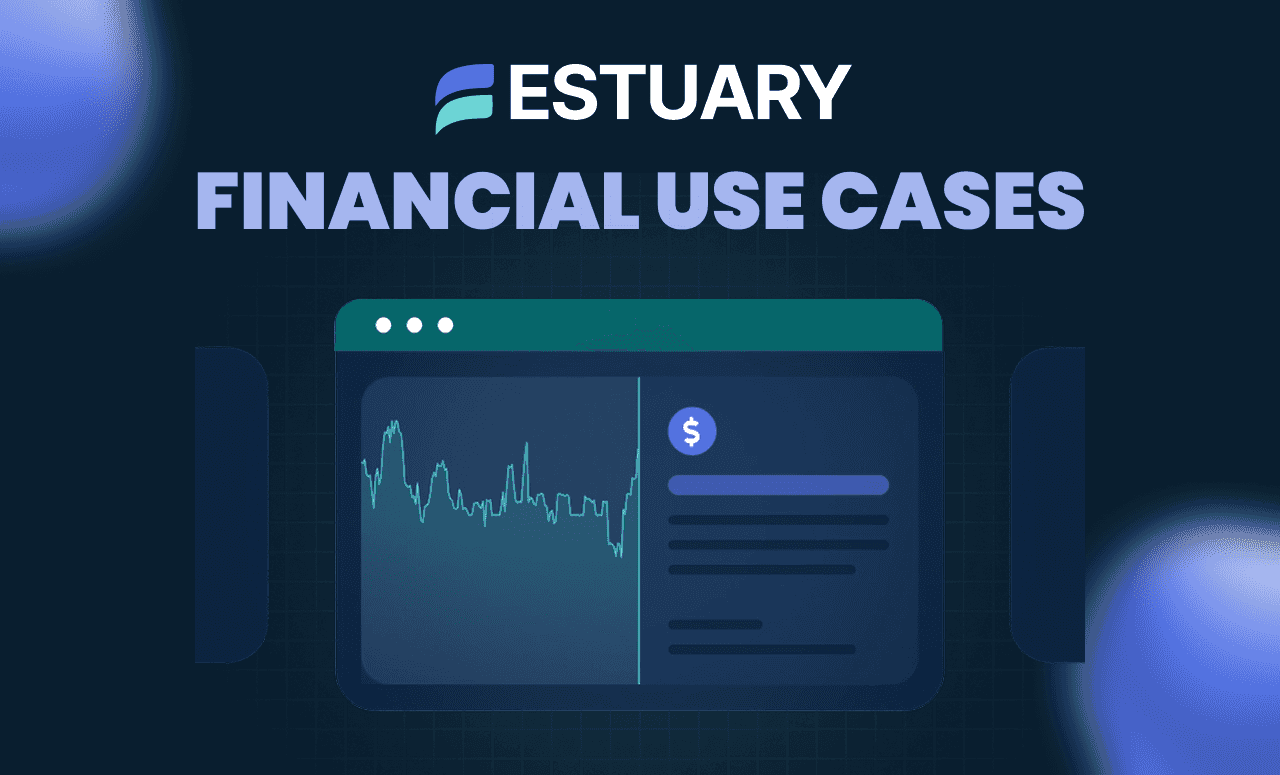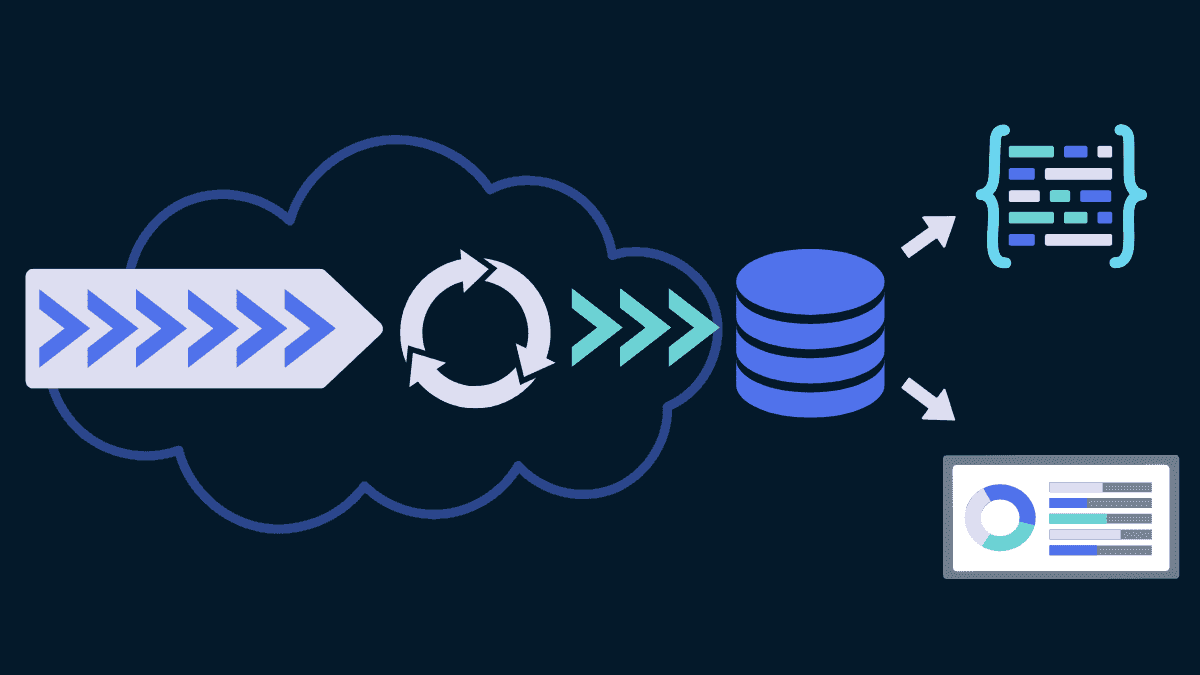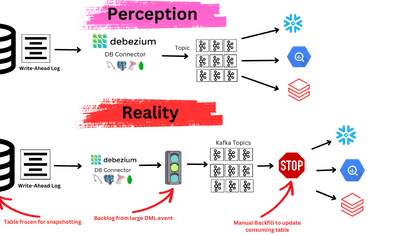
Introduction: Why Data Pipeline Latency Deserves Your Attention
In the race to become truly data-driven, how fast you move data matters as much as what data you move. Latency—the time it takes for data to travel from source to destination—can be the difference between reacting in real time and reacting too late.
Despite the rising demand for real-time analytics, operational intelligence, and customer personalization, many businesses still rely on batch ETL tools like Fivetran or Airbyte. These systems move data in scheduled intervals, introducing unavoidable delays between data capture and data usability. While that might have been acceptable in a world of nightly dashboards, it’s a bottleneck in today’s high-speed digital environments.
The stakes are clear: delayed data leads to missed insights, lagging operations, and lost competitive edge. Understanding where latency occurs—and how to minimize it—is no longer a backend concern; it’s a strategic imperative for modern organizations.
In this article, we’ll unpack the concept of pipeline latency, examine the architectural differences between batch ETL and real-time streaming, and show how platforms like Estuary Flow solve the latency problem at its core. If you're evaluating your data stack or struggling with sluggish analytics, this guide will help you rethink your approach to data movement before latency holds you back.
Understanding Latency in Data Pipelines
Before we can reduce latency, we need to understand what it is and where it originates in a data pipeline.
Latency refers to the total time it takes for data to move from its point of creation to its point of use. In modern data architectures, this means the delay between when data is generated—say, a customer makes a purchase or an IoT sensor sends a reading—and when that data becomes available for analysis, reporting, or action.
Pipeline latency isn't a single point of delay. It builds up at each stage of the data journey:
- Data Extraction: Traditional batch ETL tools connect to source systems at scheduled intervals (e.g., every 15 or 30 minutes). That means any data created in between sits idle until the next scheduled extraction begins.
- Transformation: After extraction, data often requires cleaning, joining, and reshaping. These transformations can introduce processing time, especially in tools that don't support streaming or incremental computation.
- Load to Destination: Loading data into a warehouse or analytical system (e.g. Snowflake, BigQuery, Redshift) may happen as a bulk operation or in micro-batches. If this process is tied to a batch job, latency compounds further.
- Data Availability: Even after being loaded, data may still need to be indexed, deduplicated, or reprocessed before it becomes queryable or usable by downstream tools like dashboards, AI models, or alerting systems.
This entire sequence is known as end-to-end data latency. In legacy or batch-based systems, it can range from several minutes to several hours. While acceptable for historical analytics, this level of delay is a serious limitation for real-time decision-making, live dashboards, or event-driven architectures.
Real-time data pipelines approach this differently. Instead of waiting for scheduled jobs, they use technologies like Change Data Capture (CDC) and streaming frameworks to process and deliver data continuously, as it's created. This drastically reduces latency from minutes or hours to just a few seconds, or even milliseconds.
Understanding where latency originates helps organizations identify what’s slowing them down—and whether their current tools are built for the speed they need.
Why Latency Really Matters
Data latency isn’t just a backend inconvenience—it directly impacts business performance.
Every second of delay between an event occurring and your team knowing about it represents a lost opportunity to act in real time. In a world where companies compete on speed, those seconds add up fast.
Consider a few examples:
- In digital marketing, stale campaign performance data means wasted ad spend and delayed optimizations.
- In e-commerce, product recommendations powered by outdated customer behavior risk irrelevance—or worse, churn.
- In logistics and supply chain, delayed inventory updates can trigger stockouts, over-ordering, or inefficient routing.
- In financial services, the difference between acting in milliseconds versus minutes can determine risk exposure or profit margin.
At the core of each of these scenarios is the same root issue: insight lag caused by data pipeline latency.
When data pipelines are slow, decisions are based on yesterday’s conditions, not today’s. That’s a major liability in use cases where:
- Competitive advantage depends on rapid reaction
- Customer experiences are personalized in real time
- Operations rely on up-to-the-minute accuracy
This is why data freshness has become a key performance indicator in modern data architecture. It's not just about volume, variety, or even velocity—it’s about how quickly new data becomes actionable.
Batch ETL tools, with their built-in delays and rigid schedules, struggle to meet this demand. They’re optimized for moving large volumes of data periodically, not for delivering fresh data continuously.
To stay competitive, organizations must shift their focus from “Is our data accurate?” to “Is our data current—and how fast can we act on it?”
Batch ETL vs Real-Time Streaming: A Latency Comparison
Not all data pipelines are created equal. The way your architecture handles latency depends largely on whether it’s built for batch ETL or real-time streaming.
How Batch ETL Works
Traditional ETL tools like Fivetran, Airbyte, and Stitch are designed to move data in scheduled intervals—every 5, 15, or 60 minutes. These tools extract data from sources, stage it in temporary storage, run transformations, and then load it into a destination like a data warehouse.
This batch-based approach is simple and familiar, but it introduces latency at every step:
- Delayed extraction means you’re always waiting for the next sync window.
- Bulk transformations require processing large volumes at once.
- Loading happens in chunks, often outside business-critical windows.
- Data freshness suffers, making the pipeline unsuitable for real-time use cases.
How Real-Time Streaming Works
Real-time streaming platforms like Estuary Flow take a fundamentally different approach.
Instead of polling for changes, Flow uses Change Data Capture (CDC) and native event streaming to ingest, transform, and deliver data as it’s created, with no waiting period. Events flow continuously through the pipeline, often reaching their destination in seconds or less.
Flow's architecture supports:
- Always-on ingestion via low-latency CDC
- Incremental processing using stream-first transformations
- Real-time delivery to destinations like Snowflake, BigQuery, Databricks, or Kafka
- Minimal delay, even at scale
Latency Comparison Table
Feature | Batch ETL/ELT (e.g. Fivetran, Airbyte) | Real-Time Streaming (e.g. Estuary Flow) |
| Latency | 5 to 60 minutes (or more) | Sub-second to a few seconds |
| Data Availability | Scheduled syncs | Continuous streaming |
| Change Detection | Polling or query-based | Change Data Capture (CDC) |
| Operational Complexity | Easier at small scale | More scalable & consistent at large scale |
| Freshness for Analytics | Stale between syncs | Near-instantaneous updates |
| Best Use Cases | Historical analysis, low-frequency reporting | Real-time dashboards, alerts, personalization |
| Scalability | Latency increases with volume | Latency remains consistent at scale |
Why It Matters
Batch pipelines might be "good enough" for static reports, but they fail when users expect live insights, continuous metrics, or event-triggered actions. In contrast, real-time streaming architectures provide the speed and adaptability required for modern data-driven applications.
Platforms like Estuary Flow don’t just reduce latency—they eliminate the very mechanisms that create it.
The True Cost of Latency
Latency in data pipelines doesn’t just slow things down—it cascades into downstream costs that affect every corner of your organization.
1. Missed Revenue and Business Opportunities
When customer data is hours old, your marketing team can’t react to campaign performance in real time. When product events arrive late, your e-commerce platform can't recommend the right upsell. Every delay means lost conversions, wasted ad spend, or delayed decisions—all of which chip away at your bottom line.
2. Operational Inefficiencies
High-latency pipelines create misalignments between data and action. Inventory systems may over-order or understock. Fraud detection may fail to flag transactions in time. Data engineers often end up building temporary fixes—like micro-batching, polling hacks, or caching layers—to simulate freshness, adding brittle complexity that doesn’t scale.
3. Increased Technical Debt
Teams using batch ETL tools often layer on additional services to compensate for latency: event queues, alert systems, periodic refresh scripts, and more. This reactive architecture leads to spaghetti pipelines, which are harder to debug, monitor, and maintain. As scale grows, so does the fragility.
4. Data Drift and Decision Lag
In fast-changing environments, decisions made on delayed data can become wrong by the time they’re acted upon. For example, by the time a batch pipeline reflects a customer’s recent behavior, that customer may have already churned. This gap between data insight and operational timing leads to costly decision lag.
5. Higher Total Cost of Ownership
Ironically, batch ETL often costs more over time. That's because:
- You're constantly reprocessing data in bulk
- Sync jobs grow inefficient with scale
- You pay for additional infrastructure to mitigate delays
Meanwhile, real-time platforms like Estuary Flow reduce load duplication and process data incrementally, keeping compute costs aligned with actual data change volume, not pipeline bloat.
Latency has a ripple effect. What looks like a few minutes of delay in your data stack may translate into days of lost productivity, hours of rework, or millions in unrealized value.
How Estuary Flow Solves Latency Problems
Estuary Flow is designed from the ground up to eliminate the bottlenecks that cause latency in traditional ETL pipelines. It’s not just faster—it’s fundamentally real-time, delivering streaming-first data movement with continuous, incremental, and low-latency delivery.
Here’s how Flow addresses the root causes of latency:
1. Always-On Change Data Capture (CDC)
Flow captures changes from databases like Postgres, MySQL, SQL Server, MongoDB, and more in real time using native CDC protocols. Instead of polling or querying for changes every few minutes like batch ETL tools, Flow continuously listens for new inserts, updates, and deletes the moment they happen, reducing extraction latency to seconds or less.
2. Stream-Native Architecture
Estuary Flow doesn’t stage or reprocess bulk data. It ingests, validates, transforms, and syncs records as events. This means:
- No intermediate staging layers
- No periodic job triggers
- No need to reprocess unchanged data
Each event flows through your pipeline in near real time—from source to destination—without accumulating delay.
3. Incremental Materializations
Flow materializes data into destinations like Snowflake, BigQuery, Databricks, Kafka, and S3 using delta updates. This ensures that only the changes get written, eliminating the overhead of full reloads. These materializations support exactly-once delivery, schema enforcement, and low-latency writes—ideal for analytics and operational use cases alike.
4. Unified Control Plane for Streaming Pipelines
Flow brings capture, transformation, and delivery into a single streaming-first control plane. You can:
- Define pipelines declaratively using YAML or a visual UI
- Apply SQL or TypeScript transformations inline
- Monitor real-time performance with Flow’s OpenMetrics API
No more stitching together CDC tools, transformation engines, and sync scripts. With Estuary, real-time pipelines are simple to build, scale, and evolve.
5. Consistent Latency, Even at Scale
Flow is cloud-native, horizontally scalable, and task-oriented. Whether you're syncing thousands of events per second or onboarding a new integration, latency remains consistently low. Unlike batch ETL tools, Flow doesn’t slow down as volume grows—it scales with your data.
With Estuary Flow, you don’t just get faster pipelines—you get pipelines that are built for the demands of a real-time world.
When Low Latency Isn’t Worth It (and When It Is)
Not every pipeline needs to be real-time. In a landscape full of hype about streaming everything, it’s important to separate where low-latency data pipelines deliver business value, and where they simply add unnecessary complexity.
When Batch Is Good Enough
There are plenty of scenarios where batch-style delivery still makes sense:
- Daily financial reports or executive dashboards
- Monthly warehouse snapshots for historical analytics
- High-volume archival workloads where freshness isn’t a concern
- Non-critical systems where delayed action has minimal impact
If data delays of 15 minutes, an hour, or even more don’t disrupt operations or decisions, then batch remains a practical and cost-effective approach.
And the good news is: Estuary Flow supports those use cases too. While Flow is architected for continuous delivery, its ability to capture and materialize data incrementally means it can efficiently serve batch-like workloads, without the rigidity and overhead of scheduled batch jobs.
When Real-Time Is a Must
Low latency becomes critical when data powers real-time automation, decisions, or user experiences. Common examples include:
- Marketing analytics: Optimize campaigns while they’re running
- E-commerce personalization: Update recommendations instantly
- Fraud detection: Act before a transaction completes
- IoT & logistics: Respond to sensor data or delays in real time
- Live dashboards: Keep teams informed second-by-second
In these situations, waiting even a few minutes can lead to missed revenue, degraded user experience, or operational risk.
That’s where Estuary Flow shines. It doesn’t just minimize latency—it eliminates the wait cycle altogether by delivering event-driven, streaming-first pipelines with sub-second freshness.
The Best of Both Worlds
The ideal data platform doesn’t force a choice between batch and streaming. It adapts to the latency profile of your use case.
Estuary Flow does exactly that: real-time when it matters, efficient when it doesn’t.
How to Evaluate Your Latency Needs
To decide whether your workload requires real-time processing, ask:
- What’s the cost of delay in this workflow?
- Would faster data improve outcomes or reduce risk?
- Is someone in your organization already compensating for delay manually?
- Are decisions or customer actions waiting on the next batch cycle?
If the answer is yes to any of the above, you're dealing with a latency-sensitive use case, and it may be time to rethink your pipeline architecture.
Low latency isn’t about prestige—it’s about precision. If real-time data drives business value, then real-time pipelines are a strategic investment, not a luxury.
Conclusion: Build for a Real-Time World
Every delay in your data pipeline is a delay in decision-making. When data isn’t fresh, actions are reactive, insights lose relevance, and opportunities slip through the cracks. That’s the cost of latency—and it compounds fast.
Batch ETL tools like Fivetran and Airbyte were built for an earlier generation of data needs. While they automate data syncs, they introduce wait times that no longer align with the speed of modern operations. For workflows that depend on real-time visibility—marketing, logistics, personalization, fraud detection—waiting minutes or hours is simply not an option.
This is why a shift toward streaming-first architecture is not just a technical upgrade; it’s a strategic move. Estuary Flow gives you the infrastructure to meet that moment: real-time CDC ingestion, low-latency data delivery, and scalable pipelines that remain consistent as your data grows.
Whether you're powering live dashboards, syncing operational data between systems, or enabling real-time customer experiences, Flow helps you move faster with confidence.
The future of data is continuous, connected, and real time. Don’t let latency define your limitations—let Estuary Flow define your speed.
Move Beyond Batch. Go Real-Time with Estuary Flow.
Pipeline latency shouldn’t hold your business back. Estuary Flow gives you a fully managed, low-latency streaming platform—complete with real-time CDC, automated transformations, and instant delivery to all your destinations.
- Cut latency to seconds
- Sync across databases, warehouses, and event systems
- No-code setup or flexible YAML spec control
👉 Start building real-time pipelines now – no credit card required.

About the author
Team Estuary is a group of engineers, product experts, and data strategists building the future of real-time and batch data integration. We write to share technical insights, industry trends, and practical guides.

